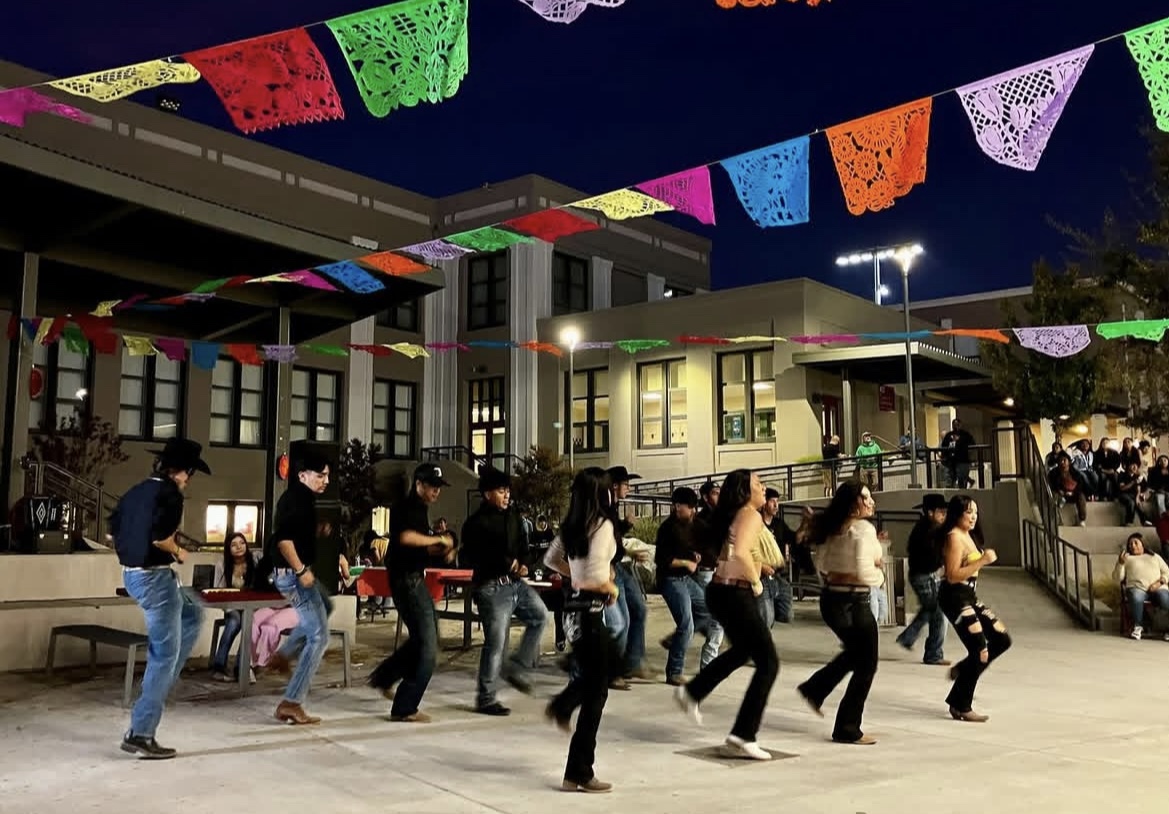Ending Single-Family Zoning Won’t Demolish California’s Suburbs. And It Will Make Housing More Affordable.
January 5, 2022
Californian suburbs built on single-family zones around the outskirts of town are found shrouded in the foliage of trees on the hillsides of mountains overlooking downtown. If you look along the coastal line they’re found facing the seaside with lined palm trees and muscle cars parked on their driveways. But if you travel a little further away from the suburban bubble and into the main city, I guarantee you that you will find a row of tents underneath a highway with cardboard signs strewn about asking for food or money.
These homeless people aren’t omnipresent everywhere in the world, nor do they choose to suffer by choice. According to an article written in November of 2021 by the SF Chronicle, 63% of homeless individuals in San Francisco reported the inability to pay rent as the cause of being homeless. while only a minority said alcohol or drug abuse. Therefore, we can see there is a bigger issue at play here. A housing crisis.
If you are a California resident, the American Dream of homeownership feels like a stretch from reality given that the median price for a family house is around $800K. For some people, the average $2000 rent for their apartment combined with utility bills is hard to pay. The prices are so high because there is a shortage of houses being built and a surplus of people looking for homes to buy. Therefore, sellers can afford to set the prices absurdly high because there will always be someone willing to pay.
The housing shortage is especially daunting for young adults that recently left their parent’s house and are off to college. According to the UC Berkeley’s Legislative Analyst’s Office, CSU has waitlisted 8,700 students and UC with 5700 students for housing because they don’t have enough dorms and apartments are low in the city.
One of the main reasons to blame for the low housing supply is single-family zoning (SFZ) in the suburbs. SFZ makes it so that all houses that are being built in a neighborhood are individual homes, not duplexes or apartment complexes that help accommodate a denser population. To help with this issue, California’s governor, Gavin Newsom, has signed two bills into law, Senate Bill 9 and 10. This legislation helped introduce multi-family housing in the suburbs. Under these new laws, you just need a building permit from the city council. There won’t be any need to gain approval from your neighbors, who will oppose this because building higher-density houses causes their home’s value to depreciate.
According to the Culver City Neighbors United Coalition, a group fighting for housing affordability and against the SB 9 bill, “More housing does not mean affordable housing.” What they’re referring to is the fact that neither bill guarantees that low-income individuals will be the ones getting spots for duplexes. I think that giving the state government the power to control to whom these new housing units are sold would cause an imbalance in the core value of competition in this market.
However, since we are in a housing crisis, passing these two legislatures would give just the right amount of push for more houses to be built in order to alleviate the shortage of housing. Also, according to SB 9, developers cannot demolish, rebuild, and sell the parcel of land if they have to evict a low-income tenant.
Not every single homeowner will develop their land because it’s simply not profitable for them, or maybe they’re just not interested. According to a study published in June 2021 by the Terner Center for Housing Innovation at UC Berkeley, an estimate of a total of, “7000,000 affordable housing units will be built.” Compared to the 7.5 million parcels of land that are available in the entirety of California to be developed, this number may sound measly. However, this is a big step in the right direction because it represents a “40 percent increase in development” of multi-family homes. So, while there will be a significant increase in the number of houses built, these bills will not result in drastic changes to neighborhoods.
California won’t be the first state to blaze the trail for ending SFZ. Oregon was the first state to pioneer a policy that was similar to ours and their suburbs haven’t changed drastically. Ending SFZ won’t abolish suburbs; it is just a nudge in the right direction for the housing market so that there will be more affordable houses.






































